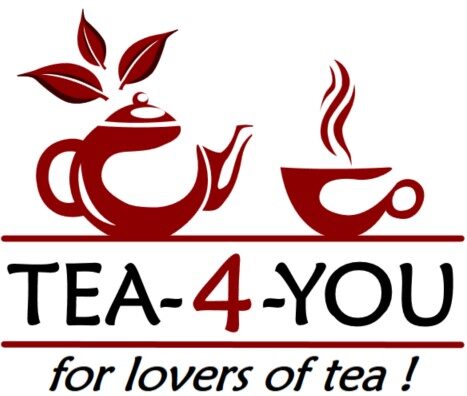
HISTORY OF TEA
Chinese legend has it that back in 2737BC, Emperor Chen Nung accidentally stumbled upon tea as a beverage when leaves fell into his pot of boiling water whilst he was asleep. On waking, he drank the tainted liquid and felt refreshed and invigorated. And the rest, as they say, is history.
JAPAN
The first tea seeds were brought into Japan in the 9th century by a returning Buddhist priest. Tea quickly became popular in Japan and was cultivated locally. Around the 12th century, a new form of tea called matcha was introduced which was made by grinding unfermented tea leaves to a powder. Prepared and drunk by samurai and warriors, the foundations of the tea ceremony were laid. This eventually evolved into a finely honed aesthetic that promoted a quiet refinement characterised by simplicity, tranquillity and philosophical thought.
Today, Japan recognise the tea ceremony as one of the cornerstones of their culture.
EUROPE
Around the mid 16th century, Europe learnt of tea through Portugese Jesuit, Father Jasper de Cruz who came across the beverage whilst on a commercial mission with China.
Tea quickly became very fashionable, however because of its exorbitant price, tea drinking was limited to the aristocracy or the very wealthy.
As the amount of tea imported increased, the price fell and a craze for tea swept Europe from 1650 onwards. It was during this time that adding milk to tea was experimented with.
ENGLAND
The first samples of tea reached England between 1652 and 1654 and proved so popular that it replaced ale as the national drink. Tea was the major beverage served in the so called coffee houses where, for a penny, one could obtain a pot of tea, a newspaper and engage in some lively discussion with the sharpest wits of the day.
A further extension to ‘taking tea’ was found in the subsequent establishment of the tea garden. Tea would be served outdoors, where manicured gardens would make for a backdrop to music and entertainment.
AMERICA
By 1650, the Dutch were actively trading thoughout the Western world and their introduction of tea to America quickly took hold.
By 1720, tea was recognised as a major commodity of trade between America and the motherland, England who would impose progressively heavier taxes on tea until the colonists rebelled and refused to buy English tea. A major protest by the men of Boston saw hundreds of pounds of tea thrown into the harbour. The event, of course, was known as The Boston Tea Party. Subsequently, revolution was declared. By 1789, America was conducting tea trade directly with China.
RUSSIA
In 1698, Russia and China established a common border which allowed trade caravans to move freely back and forth. Tea, naturally, was one of the major commodities of trade. As in other parts of the world, its price was prohibitive initially and only enjoyed by the ruling classes but eventually became affordable to the common man. As usual, tea was quickly embraced and took centre stage in the Russian kitchen. Family and friends would gather around a huge pot of boiling tea and the strong brew would be served sweetened with sugar, honey or jam.
INDIA
The Scottish botanist, Robert Fortune has been credited with the cultivation of tea in India during the 1880’s. After managing to procure tea seeds from China, he experimented with tea production until finally the technology was perfected and English tea plantations in India and other parts of Asia flourished.
An Indian legend tells a tale of the origins of tea. In 520AD, Prince Bodhi-Dharmi, an Indian saint and founder of the Japanese Zen school of Buddhism fell asleep during meditation. On waking he was so incensed that he cut off his eyelids and cast them to the ground where a tea plant then sprung up at the very place of the sacrificial offering.
SRI LANKA
After coffee plantations were devastated by a fungal disease, planters switched to the cultivation of tea around 1870. Experimental planting of tea had already begun in 1839, the plants of which had arrived from Assam and Calcutta. James Taylor, a Scotsman, has been credited with refining cultivation methods to subsequently produce a fine flavoured product. Received well by buyers in London, the first official Ceylon tea was shipped to England in 1873.
TAIWAN
Tea cultivation began in Formosa (since renamed Taiwan) during the early 19th century and during 1860’s became a commercially viable export. The Formosan oolong tea in particular was well received by markets and by the end of the 19th century, tea was Taiwan’s primary export.
During the First Sino-Japanese War (1894-1895), China was forced to cede control of Taiwan to Japan. Japan actively promoted Taiwanese tea, establishing new markets abroad. Since 1945, Taiwan has been governed by the Republic of China. Tea production has evolved gaining widespread support within the local market.
